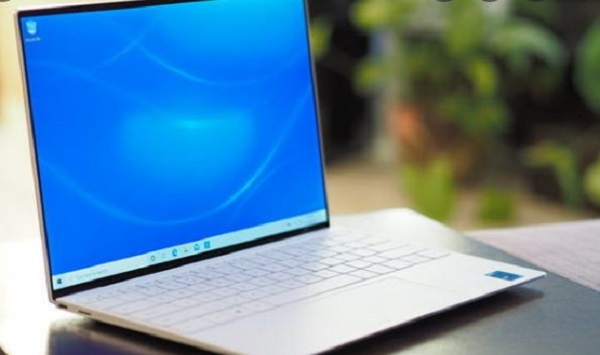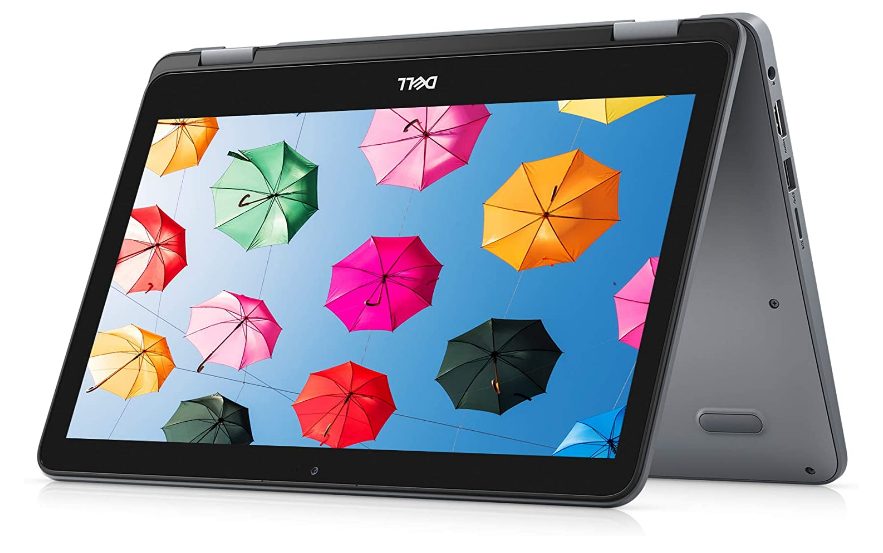When it comes to creating content on your MacBook Air, is it just too small? Or is the new Dell XPS you’ve been coveting too large to carry around comfortably? It’s not about the size of the object in this case, after all. It is the screen size that ultimately decides the sleeve, bag, accessories, and finally the use patterns of most laptop aficionados.
Measure the screen area in real time now that you know how important it is. How good will your measurement tactics be now that you’ve already acquired a laptop?
How to Measure Laptop Screen Size
There is, however, a possible explanation for what happened. To be sure that you get the proper accessory for your laptop, even if you have a laptop nearby, you may measure the screen size to the last few millimeters. It’s also worth noting that certain films, videos, and photos appear best when seen in specific aspect ratios. These criteria may be met with simplicity if the screen is measured precisely.

You may think that getting the proper accessory is all you need to know about determining screen size. Even before you buy an actual gadget, you may get a sense of how the display and the whole device will feel if you know a few insider secrets. So, without further ado, let’s get down to the nitty-gritty of determining screen size.
What is the best way to measure the screen?
Prior to measuring the laptop screen, it’s important to understand how it works. In the first place, the laptop’s advertised screen size does not include the breadth. The bezels are taken into consideration in the most accurate sense possible, which might be a little deceptive for certain users.
The width of, say, a new 13.3-inch MacBook Pro is likely to be closer to 11.97 inches than the actual width rating, which is significantly off. The 13.3-inch Lenovo ThinkPad X390, on the other hand, has a screen area of 12.28 inches. As a result, even for screens of equivalent size, the width may differ and therefore have an influence on your experience.
In order to comprehend how measuring works, it’s necessary to know the difference between the advertised and real screen sizes. As a rule of thumb, you should measure the screen diagonally in order to eliminate bezels. Also, keep in mind that the width of the screen is determined by laying a measuring tape diagonally across the width of the laptop.
When comparing screen sizes, it’s best to measure the display in inches rather than millimeters to keep things consistent.
How Do You Measure the Size of Your Screen?
It’s simple to gauge the size of the display in front of you. When it comes to purchasing a laptop online, though, you must know how to do it. First, know the specifications and keep the laptop’s width in mind for future use.
The screen-to-chassis ratio of the gadget you’re interested in is the next step. With a screen ratio of 82 percent, the width of the screen is multiplied by.82 so that you may get your actual screen size, which is a horizontal measurement.

Explained are the most common screen sizes and features.
Most OEMs like to go against the grain when it comes to screen size. As a result, you may anticipate them to provide or rather show a certain kind of real estate depending on the past incarnations. This includes the bezels on most displays, which typically measure 13 to 15 inches in diameter. Ultraportable computers, on the other hand, are typically between 11 and 13 inches wide.
Laptops with a screen size of 17 inches or greater are also an option; they often have higher bezels but still provide a significant amount of screen real estate. It is, nevertheless, possible to acquire a sense of the overall size of the screen by using a consistent measurement approach. If that’s the case, why do we bother to measure screen size at all? What’s most important is to determine the laptop’s functioning, followed by your business and personal needs.
Investing in smaller screens, i.e., 11 to 13 inches or less, will allow you to create content on the move and be more mobile. That said, the gadget must have a thinner bezel and a decent keyboard in order to succeed. In a way, the MacBook Air M1 succeeds at this. Almost there! 15-inch laptops with 14 inches of horizontal space are enough for most people’s everyday computing needs. If you can locate a laptop as light as the LG Gram, even mobility is taken care of with the 15-inch gadgets. Also, if 15.6-inch is a little too big for you, you may choose a 14-inch screen. Other display characteristics may be influenced by the size of the screen.
In fact, it is capable of doing just that. As the total pixel density decreases, so does the brightness and color accuracy. However, if you’re using a 4K display, this shouldn’t be a problem at all. In addition, unless you can get your hands on OLED panels, bigger screens have poor viewing angles.
While sunlight visibility and color reproduction on smaller displays are excellent, their overall performance suffers. That said, if I were in charge of ordering laptops, I’d definitely go with a larger screen size like a 14 or 15-inch model.
Other Considerations When Measuring and Confirming the Size of the Screen
After reading thus far, you should be aware of the elements to take into account when narrowing your search to various screen sizes. First and foremost, the quality of the whole experience must always come first. This implies that even if the screen quality of a 13-inch laptop is excellent, it may not be appropriate to downsize from a 17-inch laptop for professional use.
How to Determine the Size of a Laptop Screen
Those looking for portability should always choose smaller displays, but the quality of the keyboard should be their first concern. Also consider your multimedia demands, such as viewing movies or other material, which may necessitate the use of a larger screen.
For the time being, your professional tastes are all that matters. For example, if you’re an experienced video editor, you’ll want a laptop with a bigger screen. A 13.3-inch laptop with plenty of connectors for an external monitor, on the other hand, is a viable option if you have your heart set on it.
Final Thoughts
In the end, it all boils down to your own tastes and what you’re comfortable with.
